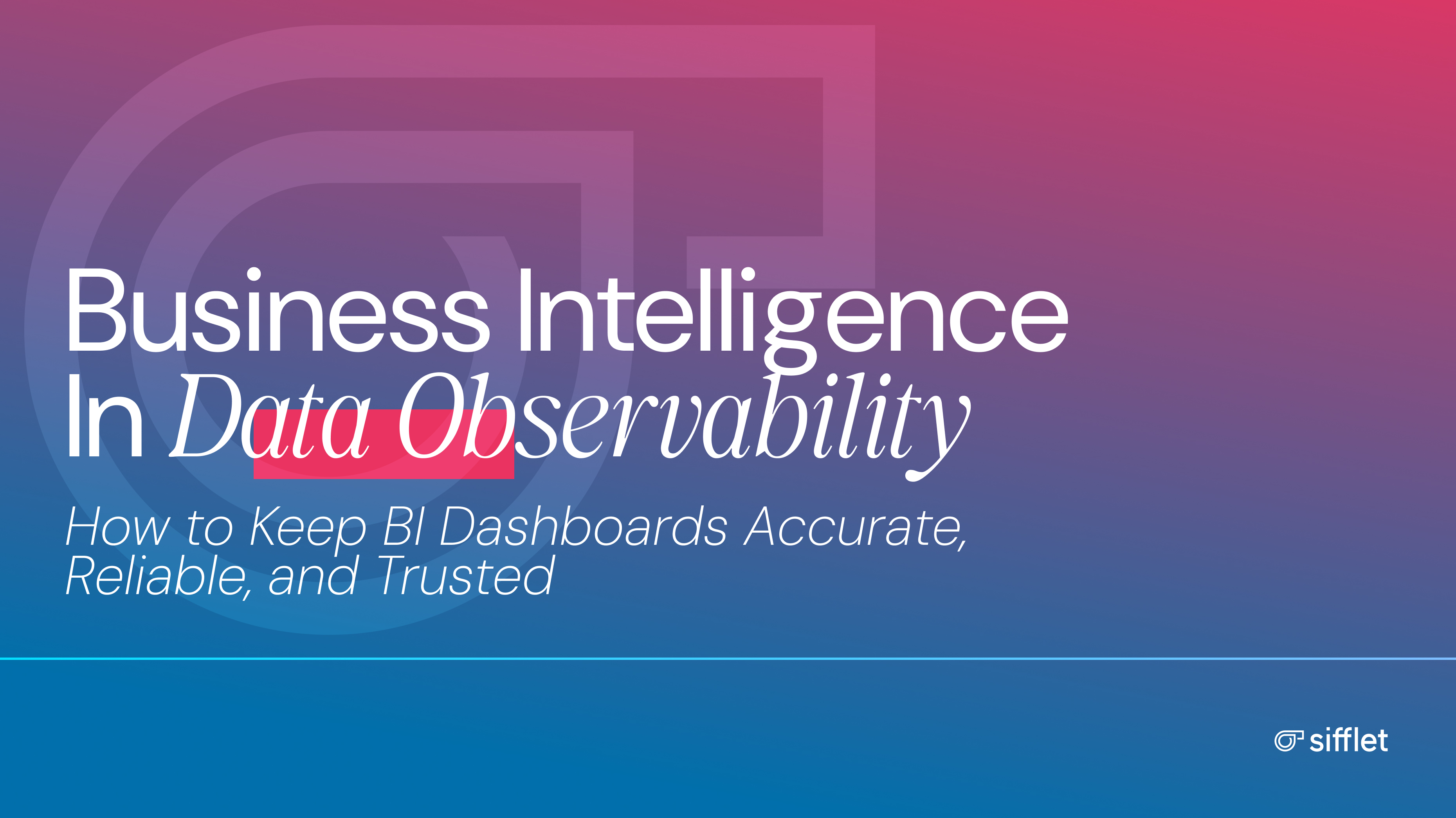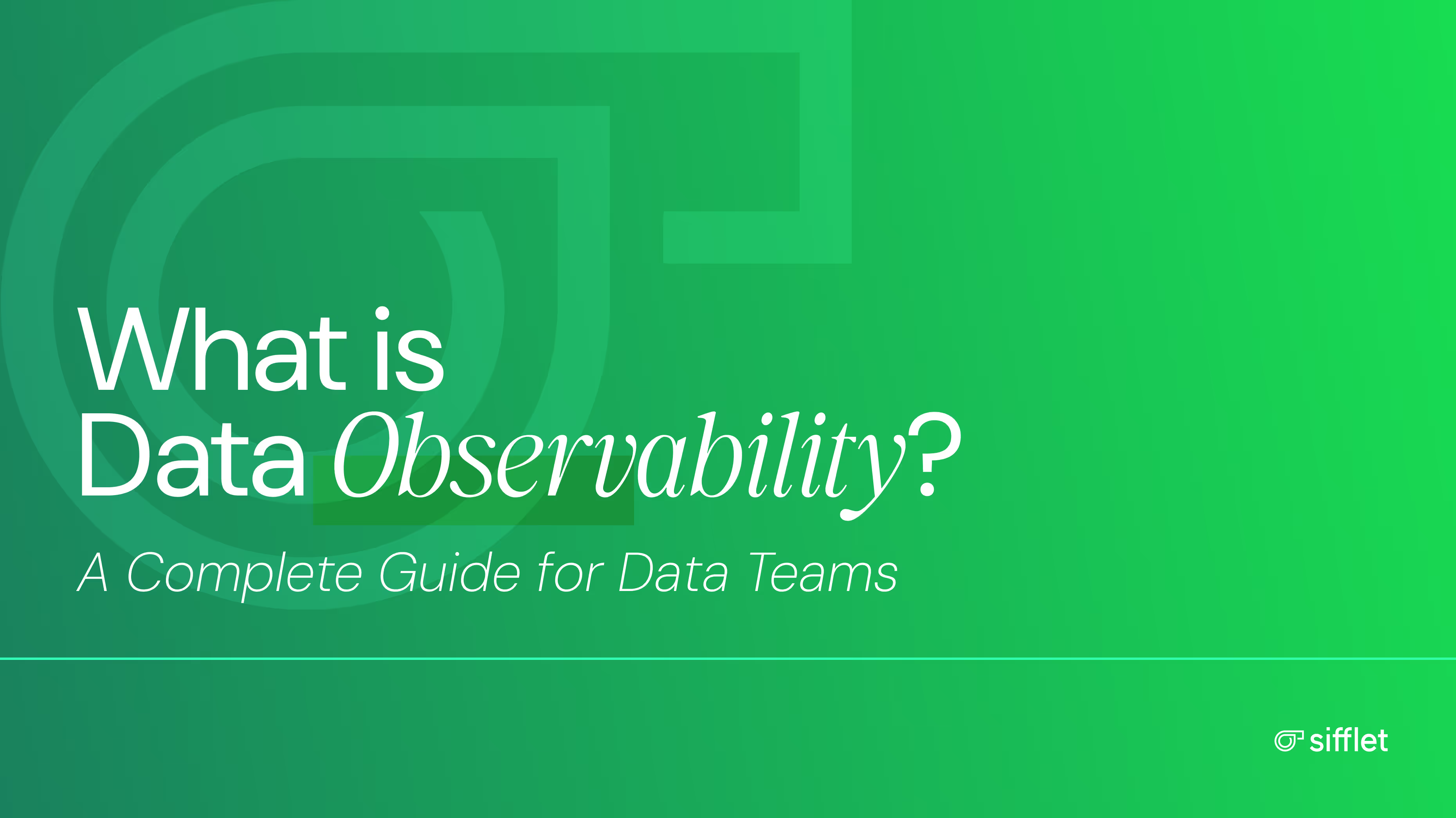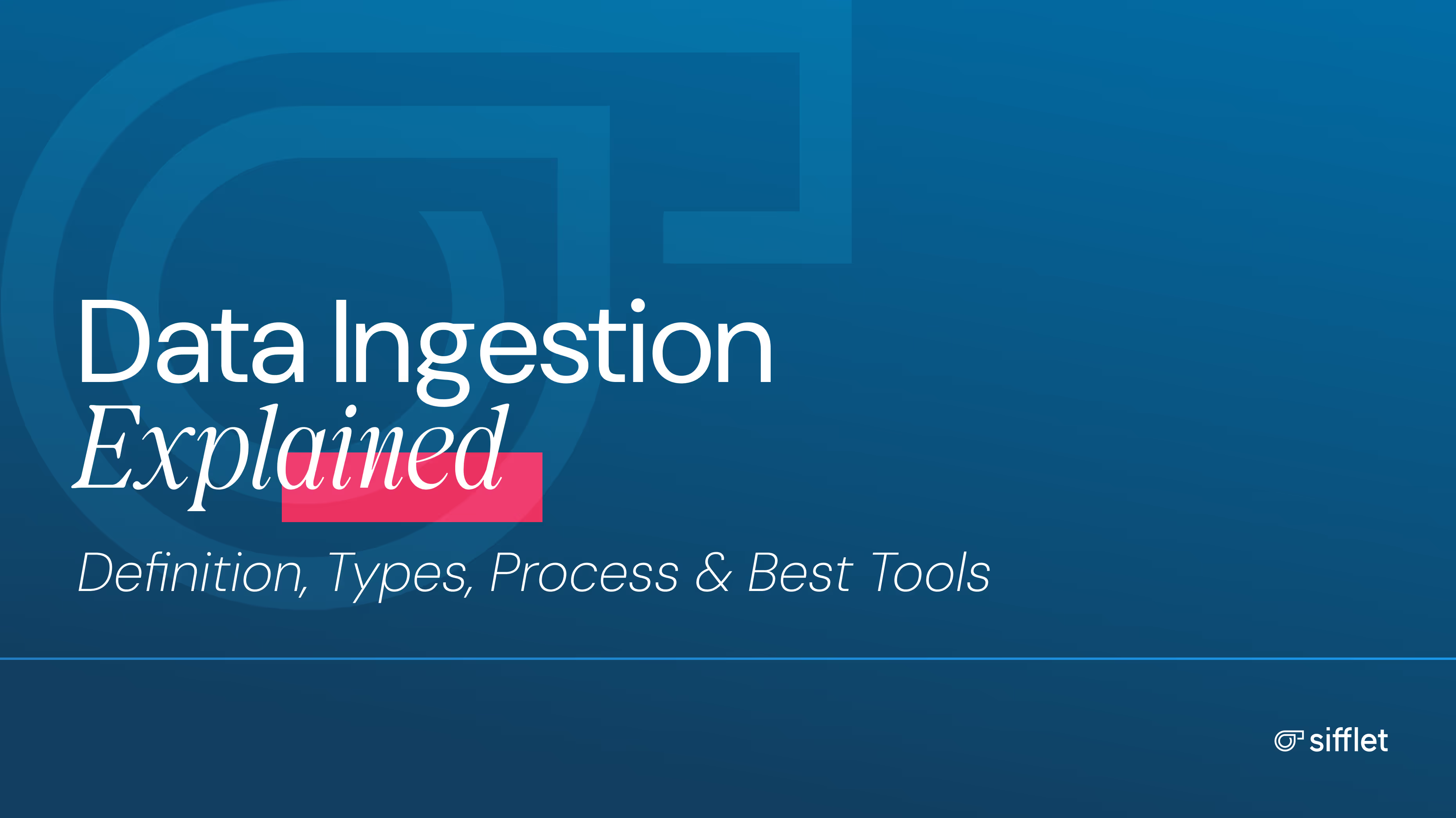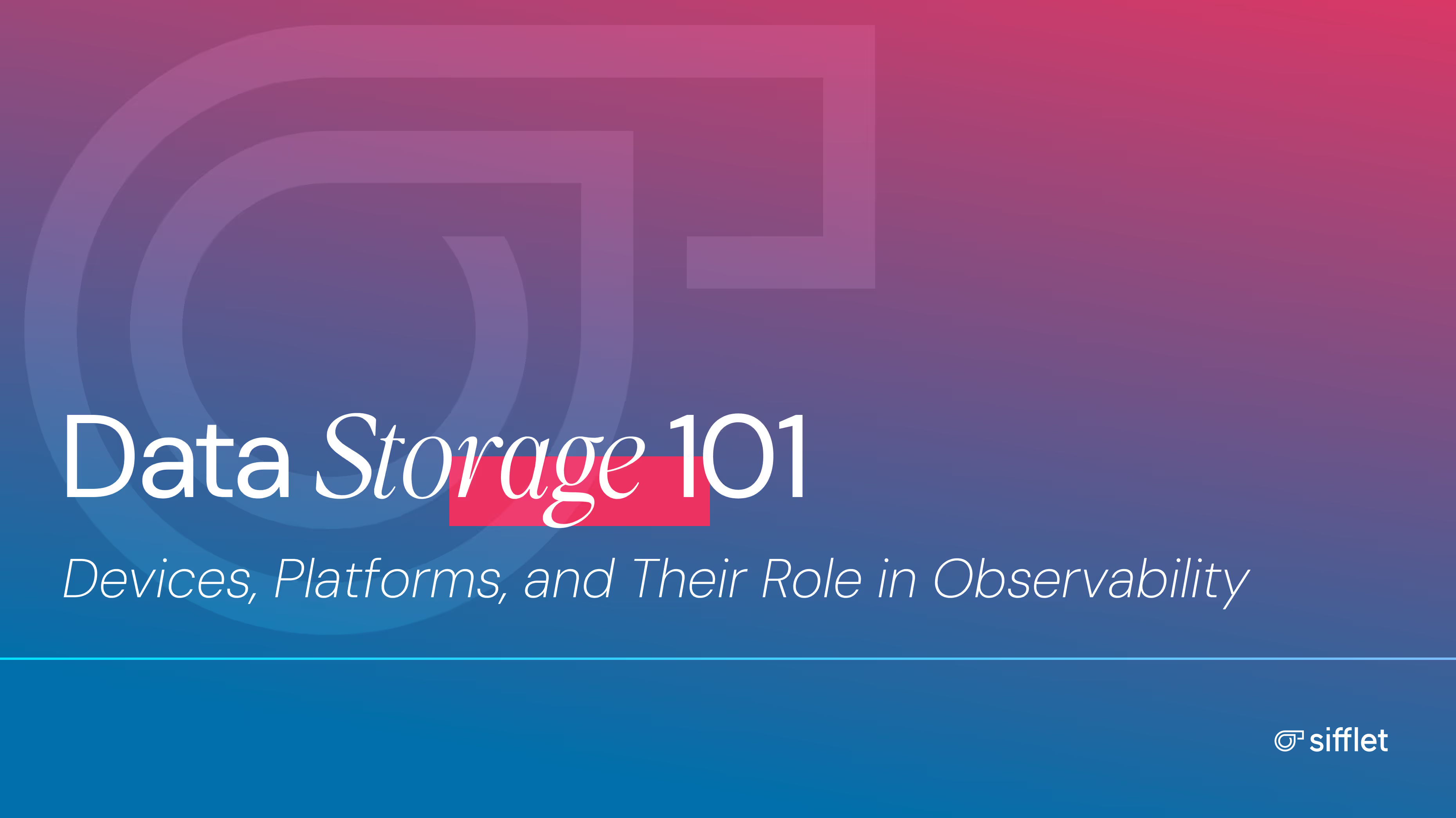Business intelligence is where data meets decisions.
As a discipline within modern analytics, Business Intelligence (BI) applies tools and technologies to collect, analyze, and present business data.
The goal is simple: turn data into insights leaders can act on. That includes reporting on past performance, analyzing current trends, and modeling likely outcomes.
These insights shape execution for today and strategy for tomorrow.
But what holds everything together is the quality of data behind that intelligence.
And the demand for that quality only grows as BI spreads across every functional area of the business.
How To Use BI Across Your Business
Business intelligence is the process of collecting, analyzing, and presenting data to help you make strategic decisions.
Thhe goal of BI is to provide a clear view of business performance, trends, and opportunities that will ultimately help you to improve efficiency and drive growth through informed decisions.
Business intelligence tools like Tableau, Looker, and Power BI offer business and analytics teams the ability to render dashboards, construct graphs, and fashion other visual aids to understanding virtually on demand.
Out of the box, they're intuitive by design, with pre-built features to fuel quick starts, yet customizable for complex exploration.
Features like natural language questionings and drag-and-drop filtering mean insights are no longer gated by technical expertise. These tools are accessible to anyone, from their desktop to their phone.
BI equips every department, from marketing to the C-suite, to track, manage, and act on their data:
- Marketing (Tableau, or Looker): CMOs and marketing analysts track campaign performance, conversion rates, and acquisition costs to redirect budget to top-performing channels.
- Sales (Power BI): Managers and sales leads monitor pipeline velocity, forecast accuracy, and quotas to reach revenue goals.
- Finance (Power BI): FP&A analysts and CFOs follow revenue trends, budget variances, and profitability to inform forecasts and expenditures.
- Product (Looker): VPs and product managers review feature adoption, retention, and behavioral metrics to guide product development
- Operations (Tableau): Supply chain and logistics teams monitor inventory, delivery timelines, and operational performance to reduce delays and improve stock management.
- Executive Teams (Power BI): Leadership and CDOs review high-level KPIs, financials, and performance summaries to evaluate org health and strategic progress.
Modern BI tools serve business teams' unique goals, but their real value depends on the core features built into the platform.
Features of BI Platforms
What makes BI tools indispensable are the core features that make for self-serve-BI.
By building these, business intelligence platforms have democratized insight, giving every functional area a direct path to answers.
BI platforms put insights at every team's fingertips, but dashboards and forecasts are only as trustworthy as the data behind them.
That makes business intelligence the proving ground for trust in data.
But it’s data observability that makes that trust durable.
The Benefits of Business Intelligence and Data Observability
BI makes data actionable. Observability makes it right.
With observability embedded into the BI layer, BI quality monitoring is vastly enhanced. Observability in business intelligence validates data in motion, catches issues before they reach sensitive intelligence tools, and connect every number back to its source.
That shift delivers tangible advantages across the business:
- Trust in every dashboard
Observability validates freshness, accuracy, and completeness at the source, so BI reports remain consistent and trusted. Sifflet clients see a 60–80% reduction in mean time to resolution (MTTR), cutting fixes from hours to minutes.
- Early detection of BI-breaking issues
Schema drift, stale loads, or missing rows are caught before they cascade into BI.
Sentinel, Sifflet's detection agent, isolates anomalies early and ranks them by business impact so the most urgent issues surface first.
- Faster root-cause analysis
AI-powered diagnostics trace anomalies to their origin by combining field-level lineage with usage patterns and transformation logic. Teams resolve issues in minutes instead of hours.
- Fewer tickets and faster fixes
Sifflet's AI agents package anomalies with context, ownership, and suggested remediations, allowing BI teams to resolve issues directly instead of waiting on engineering queues.
Sifflet's Data Observability is the foundation of trust in business intelligence, across every tool and team.
Why Observability Matters in Business Intelligence
When pipelines drift, loads stall, or transformations misfire, those issues don't stay hidden in the warehouse. They surface in BI.
Data observability for BI tools traces every output back through lineage of the data sources, pipelines, and transformations that produced them. This granular level of analytics data monitoring exposes how upstream anomalies distort downstream metrics, turning hidden errors into visible issues for quick resolution.
Sifflet's AI-native Data Observability
Sifflet delivers business intelligence observability natively across your data stack. Anomalies and schema changes are detected and interpreted with business context in mind. Field-level lineage links every KPI back to its exact source, while cross-system correlation shows how upstream changes ripple into downstream dashboards.
Business-impact scoring then takes it further by prioritizing anomalies that threaten critical outcomes like investor updates or strategic planning, sending alerts linked to those issues to the top of the list.
Analysts see this evolution as the future of the category.
As TDWI puts it, "AI, next-generation data observability tools will extend beyond identifying problems and explain how to resolve the problem."
Sifflet delivers that with diagnostics that uncover data problems, trace their origins, and recommend targeted remediations.
Business Outcomes That Build Trust
Take Finance as an example. A missed transformation step in expense data might look minor at the pipeline level, but once it flows through BI, it inflates spend and distorts profitability reporting.
Field-level lineage traces the issue back to the transformation, and business-impact scoring flags it as a priority long before it reaches the CFO's dashboard.
Or consider Marketing. A delay in campaign data ingestion might not trigger a system alarm, but it leaves attribution dashboards incomplete.
Freshness monitoring and trust scoring catch the delay early, trace it back to the ingestion delay, and resolve it before marketing analysts recommend any decisions on skewed performance data.
The result is business intelligence that's fast, factual, and trusted. That's why data observability matters in BI.
And its benefits extend far beyond error detection.
Top BI Tools
Reporting systems are the front line of daily decision-making, but observability is the trust anchor that powers confidence in every outcome.
And these top tools set the pace.
Tableau
Flexible and highly visual, Tableau remains the go-to for data storytelling. Its strength is building interactive dashboards that make patterns clear and insights easy to share.
Best suited for teams that want to explore data visually and communicate findings across the business.
Power BI
Deeply integrated with the Microsoft ecosystem, Power BI combines robust modeling with cost-effective licensing.
It's the natural fit for enterprises already invested in Office 365 or Azure, where scale, governance, and enterprise reporting matter most.
Looker
Google's BI tool makes reporting accessible to everyone. Simple to start and tightly connected to Analytics, Ads, and BigQuery, it shines in marketing and lightweight reporting. Best for teams that need quick, reliable dashboards without leaning heavily on technical support.
These three tools cover a broad spectrum of business needs, from enterprise-scale analytics to everyday reporting.
No matter the platform, the value of BI depends on the trustworthiness of the data behind it.
Trust that only observability in business intelligence can provide.
Make the Most Out of Business Intelligence with Sifflet
Business intelligence turns data into dashboards, forecasts, and other business insights that guide daily and strategic decision-making.
Data observability turns business intelligence into a trusted decision engine by keeping data fresh, accurate, and reliable at every step.
Together, they give organizations the confidence to act quickly, decisively, and at scale.
Book a demo today to see how Sifflet powers business intelligence your business can trust.














-p-500.png)
